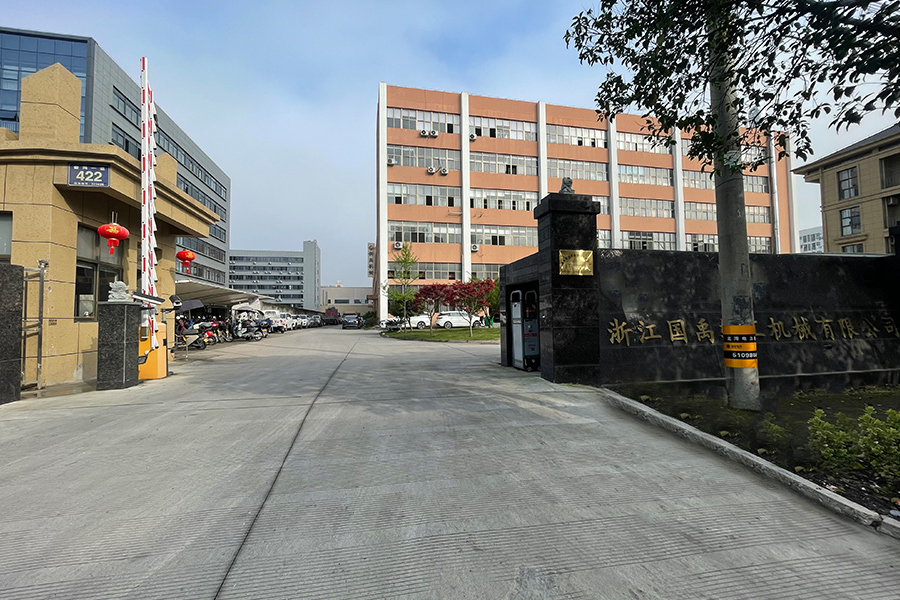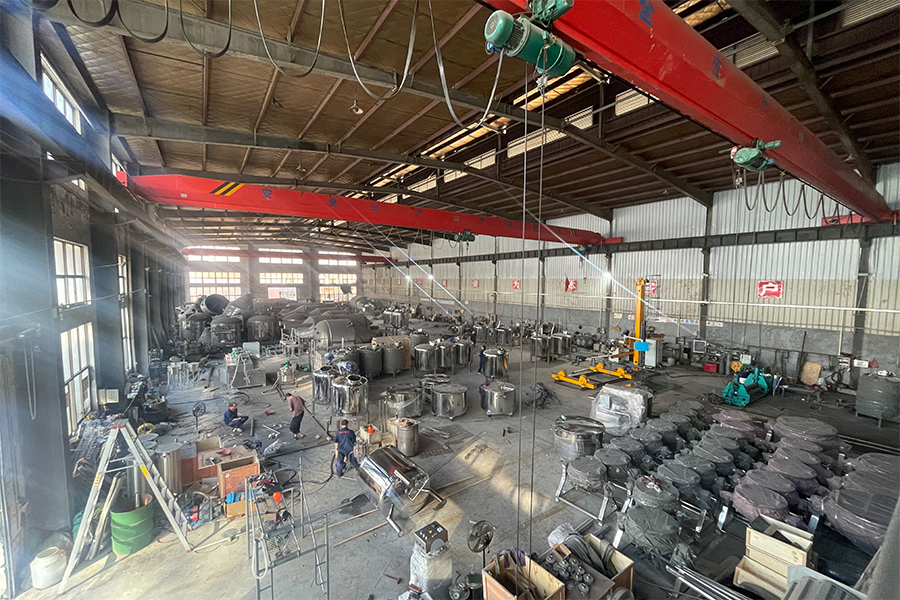-
 [email protected]
[email protected]
-
 +86-13706666922
+86-13706666922

In the intricate tapestry of industrial manufacturing, where precision and consistency are paramount, mixing tanks stand out as indispensable workhorses. These vessels play a crucial role in ensuring that products ranging from pharmaceuticals to paints, and from food products to chemicals, are produced with the utlots of uniformity and quality.
Mixing tanks are designed to blend various components with meticulous precision. Whether it's a simple mixture of two liquids or a complex concoction involving multiple ingredients, these tanks ensure that every batch is mixed to superbion. The importance of uniformity cannot be overstated, especially in industries where the quality of the final product can hinge on the consistency of its components.
One of the primary advantages of mixing tanks is their ability to handle a wide range of materials. From viscous substances that require high-shear mixing to delicate ingredients that need gentle handling, these tanks are versatile enough to accommodate diverse industrial needs. This versatility is crucial in industries like pharmaceuticals, where the wrong mixing process can compromise the efficacy of a drug, or in the food industry, where the texture and flavor of a product can be significantly affected by the mixing process.
The efficiency of mixing tanks is another significant benefit. Modern tanks are equipped with advanced mixing technologies that ensure thorough and rapid blending. This efficiency is not only time-saving but also cost-effective, as it reduces the energy and resources required for the mixing process. In industries with high production volumes, such as chemical manufacturing, the efficiency of mixing tanks can translate into substantial savings and improved productivity.
Innovations in the design and manufacturing of mixing tanks are pilot to further improvements in their performance and usability. Advanced materials and manufacturing techniques are enabling the development of tanks that are more durable, efficient, and easy to clean. Features such as automated controls, advanced sensors, and improved mixing blades are enhancing the overall mixing process, making it more efficient and precise.
Moreover, the environmental impact of mixing tanks is being addressed through efforts to develop more sustainable production methods. The focus on using eco-friendly materials and reducing waste is a crucial step towards creating a more sustainable industrial landscape. This is particularly important for industries that are increasingly conscious of their environmental footprint and are looking for ways to reduce it.
As the demand for efficient and reliable mixing solutions continues to grow, mixing tanks are set to play a vital role in meeting these needs. From providing consistent and high-quality mixing to ensuring versatility and sustainability, mixing tanks offer a comprehensive solution for modern industrial processes. With ongoing improvements and innovations, the future of mixing tanks looks promising, contributing to a more efficient and sustainable industrial landscape.
Mixing tanks are emerging as essential components in various industrial processes. Their unique blend of precision, versatility, and reliability makes them an ideal choice for ensuring the quality and uniformity of products. As the industry continues to innovate and improve these tanks, mixing tanks are poised to become even more integral in ensuring better performance and a more sustainable future for industrial production.







